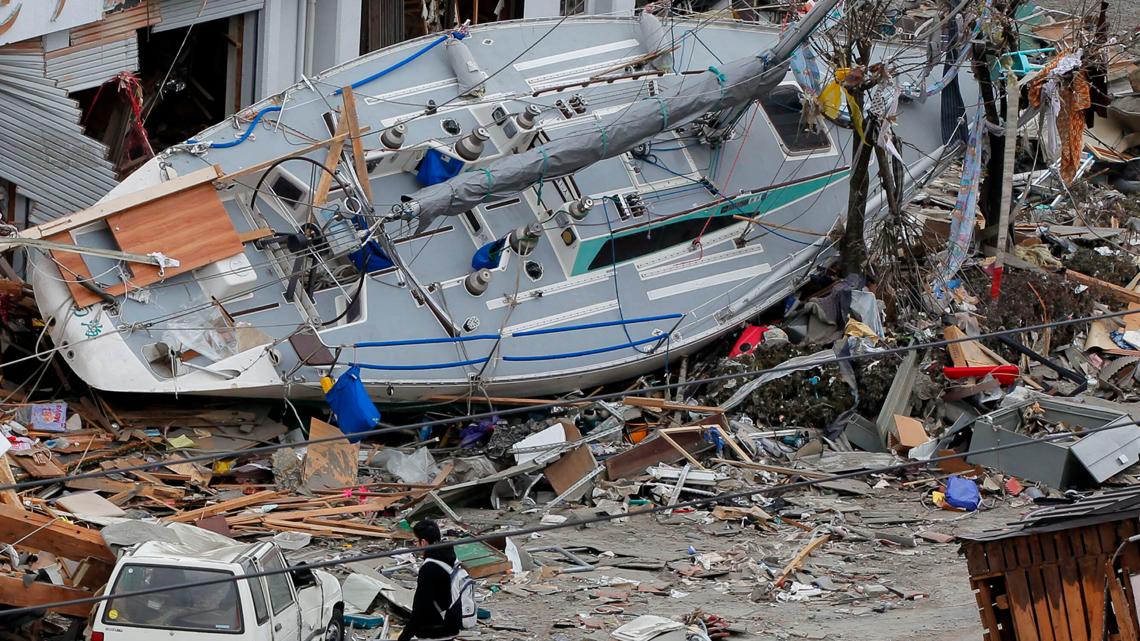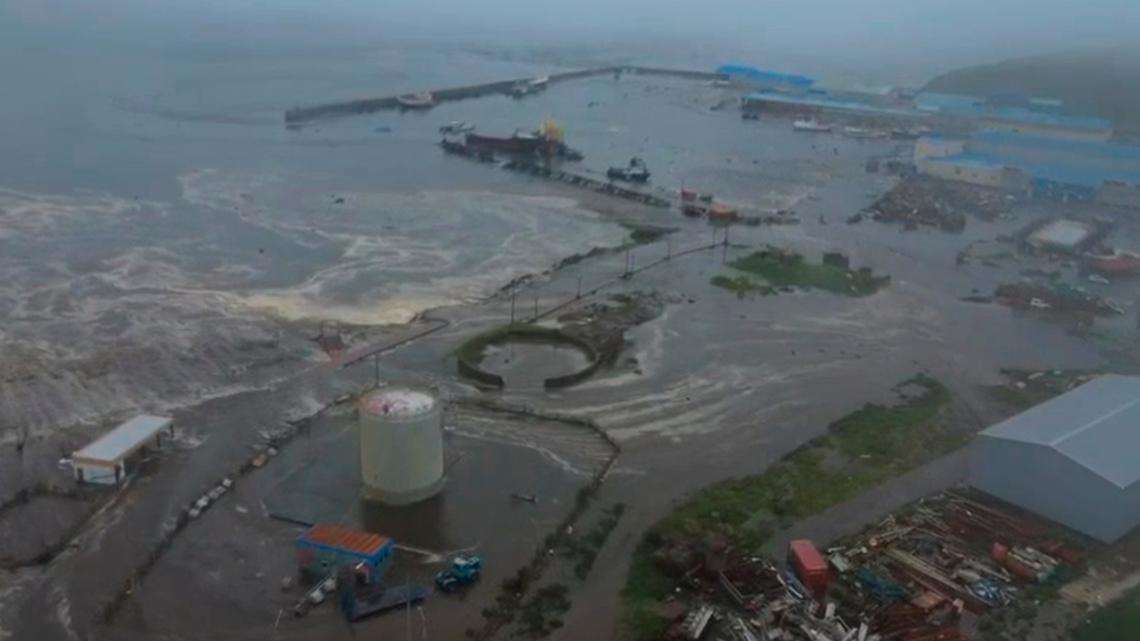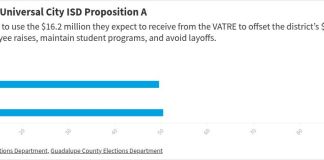The earthquake appeared to be the strongest since the 9.0 magnitude earthquake off Japan in March 2011 that caused a massive tsunami and nuclear disaster.
PORTLAND, Ore. — The 8.8-magnitude earthquake that struck off Russia’s Kamchatka Peninsula is one of the strongest quakes ever recorded, triggering tsunami warnings in Japan, Alaska, Hawaii and the U.S. West Coast.
The Russia earthquake joins an exclusive list of the most powerful seismic events in recorded history, tying for sixth strongest ever recorded. Scientists measure earthquake magnitude using the moment magnitude scale, which replaced the older Richler scale for large quakes. Modern seismology began in the early 1900s, so earthquakes before that time period can’t be accurately compared.
Here are the strongest earthquakes ever recorded.
Chile, May 22, 1960: Magnitude 9.5
The most powerful earthquake ever recorded struck near Valdivia, Chile, on May 22, 1960. The “Great Chilean Earthquake” killed approximately 1,655 people and left 2 million homeless. The quake triggered a Pacific-wide tsunami that killed 142 people in Japan, 32 in the Philippines and 61 in Hawaii. The tremor was felt as far away as the opposite side of the Earth.
Alaska, March 27, 1964: Magnitude 9.2
Known as the Good Friday Earthquake or Great Alaska Earthquake, it was the most powerful earthquake ever recorded in North America. Lasting approximately four minutes, it devastated south-central Alaska, killing 131 people, with most deaths resulting from tsunamis that struck Alaska, Oregon and California. Tsunamis reached heights of over 200 feet in some Alaskan communities.
Indian Ocean, Dec. 26, 2004: Magnitude 9.1
The undersea earthquake off the west coast of northern Sumatra triggered one of the deadliest natural disasters in recorded history. The resulting tsunami, with waves reported as large as 100 feet high, killed more than 230,000 people across 14 countries.
Japan, March 11, 2011: Magnitude 9.1
The Tōhoku earthquake and tsunami killed nearly 20,000 people and triggered the Fukushima nuclear disaster. The tsunami waves reached heights of over 130 feet and traveled up to six miles inland. The disaster caused an estimated $235 billion in damage, making it the costliest natural disaster on record.

Russia, Nov. 4, 1952: Magnitude 9.0
The Kamchatka Peninsula earthquake generated a Pacific-wide tsunami but caused relatively few casualties due to the remote location. Waves reached 50 feet high on the Kamchatka coast and caused damage in Chile, Japan and New Zealand. The quake was felt throughout the northern Pacific region.
Chile, Feb. 27, 2010: Magnitude 8.8
The Maule earthquake killed 525 people and affected 80% of Chile’s population. Santiago’s airport suffered severe damage, and a tsunami affected coastal areas of Chile and other Pacific nations. Researchers found that the earthquake actually shifted the capital city 28 cm (11 in) to the west-southwest.
Ecuador, Jan. 31, 1906: Magnitude 8.8
This earthquake struck off the coast of Ecuador and Colombia, generating a destructive tsunami along the Pacific coast. The quake killed approximately 1,000 people and was felt from San Francisco to Japan. The resulting tsunami caused significant damage along the coasts of Central America and Japan.
Alaska, Feb. 4, 1965: Magnitude 8.7
The Rat Islands earthquake in Alaska’s Aleutian Islands generated a modest tsunami despite its large magnitude. The quake was felt throughout the Aleutian chain. Small tsunami waves were recorded across the Pacific Basin.
Northern Sumatra, March 28, 2005: Magnitude 8.6
This earthquake struck three months after the devastating Indian Ocean quake and tsunami. Located on the same fault system, it killed more than 1,300 people, mostly on Nias Island. The quake triggered landslides and building collapses but did not generate a significant tsunami.
Alaska, March 9, 1957: Magnitude 8.6
The Andreanof Islands earthquake in Alaska generated a tsunami that caused significant damage in Hawaii. Waves reached heights of 52 feet on nearby islands and caused $5 million in damage to Honolulu.


Great Job & the Team @ WFAA RSS Feed: news Source link for sharing this story.



